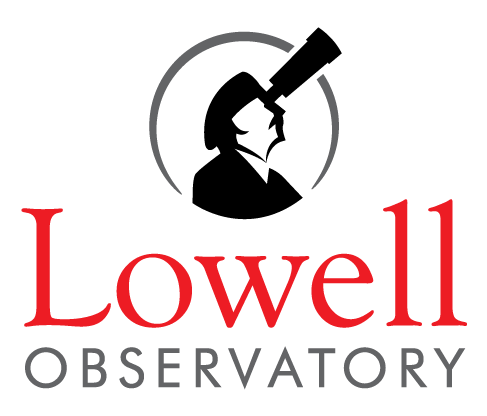We present the discovery of 255 binary and 6 multiple system candidates with wide (> 5 arcsec) separation composed by ultracool dwarfs (UCDs) companions to stars, plus nine double ultracool dwarf systems. These systems were selected based on common distance criteria. About 90 per cent of the total sample has proper motions available and 73 per cent of the systems also satisfy a common proper motion criterion. The sample of ultracool candidates was taken from the Dark Energy Survey (DES) and the candidate stellar primaries are from Gaia DR2 and DES data. We compute chance alignment probabilities in order to assess the physical nature of each pair. We find that 174 candidate pairs with Gaia DR2 primaries and 81 pairs with a DES star as a primary have chance alignment probabilities $\lt 5{{\ \rm per\ cent}}$. Only nine candidate systems composed of two UCDs were identified. The sample of candidate multiple systems is made up of five triple systems and one quadruple system. The majority of the UCDs found in binaries and multiples are of early L type and the typical wide binary fraction over the L spectral types is $2\!-\!4{{\ \rm per\ cent}}$. Our sample of candidate wide binaries with UCDs as secondaries constitutes a substantial increase over the known number of such systems, which are very useful to constrain the formation and evolution of UCDs.
